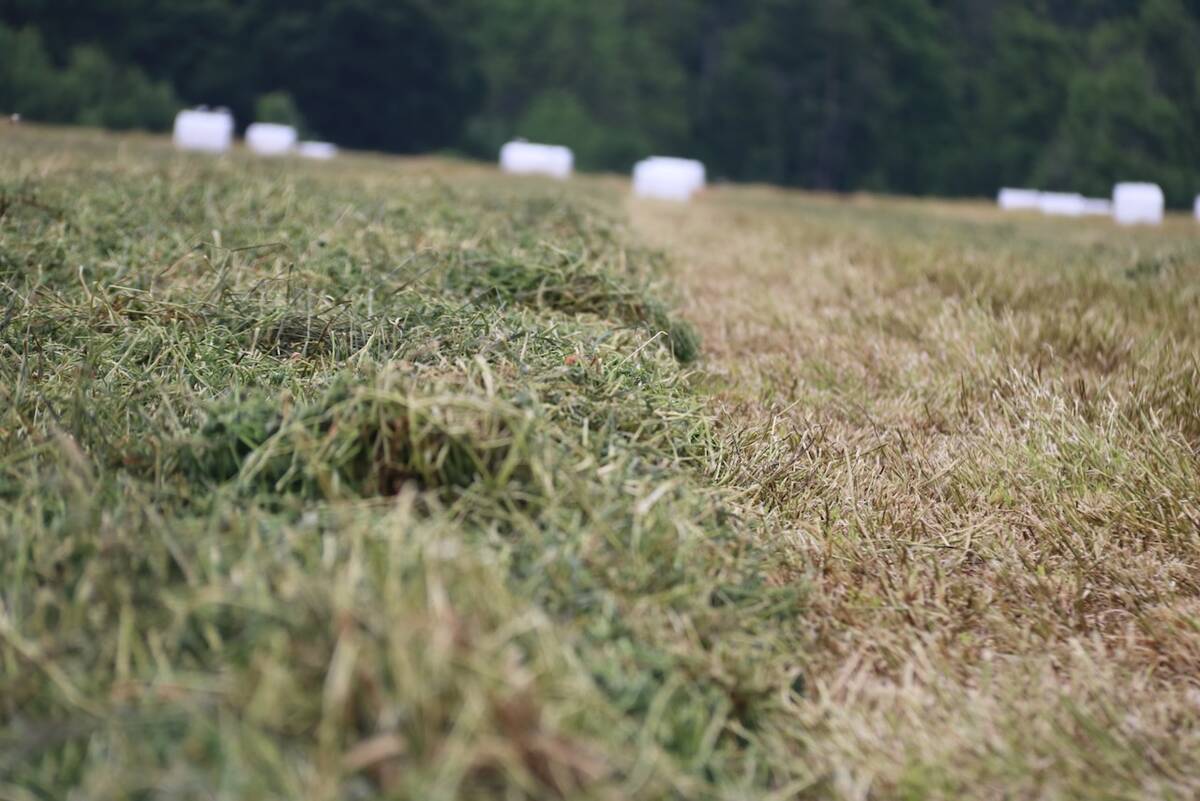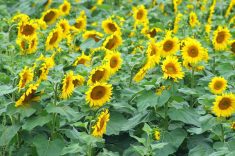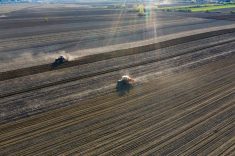Rising fertilizer prices and perilously low levels of precipitation in many areas have delivered a dangerous one-two punch to farmers across the Canadian Prairies over the past few years.
A recent study conducted by a team of researchers in Alberta could offer producers hope on how best to contend with such extreme conditions. The researchers were tasked with studying factors that affect nutrient use efficiency and water use efficiency in canola. The objective of the study was to review a collection of research publications and quantitatively assess the effect of field management practices on the usage of water and select nutrients (nitrogen, phosphorous and sulphur) and to identify the most effective practices for improved efficiencies.
Read Also

New high-performance forage training program to launch in 2026
A new Canadian Forage and Grasslands Asssociation high-performance forage program will be a resource for farmers, agronomists and others in the forage sector.
The research team was led by Michele Konschuh, an irrigated crop scientist with the University of Lethbridge and a former researcher for the Alberta government. She was joined by fellow investigators Dilumi Liyanage from the University of Lethbridge and Manjula Bandara from Alberta Agriculture and Irrigation.
Konschuh’s team received funding for the study through the Canola Council of Canada. Its focus was different from that of a typical study since it examined the results of several already published studies rather than conducting new research.
For the meta-analysis review, a total of 730 comparisons from previously conducted studies were selected from 24 peer-reviewed publications. The results of the study were published in the April 7, 2022, edition of the Canadian Journal of Plant Science and can be found on the Canola Council of Canada website.
Konschuh and her team decided to focus on spring-planted canola rather than winter canola because that’s what most Canadian producers grow. The researchers also decided to concentrate exclusively on North American references because they wanted to focus on conditions similar to ones producers here could easily relate to, she adds.
Application rates
One of the key areas of focus in the review was application rates for nitrogen. While it’s a given that the more nitrogen applied to a crop, the higher the yield will likely be, Konschuh says many of the results they studied indicated this “tops out and you reach your maximum yield” at some point. That means the more nitrogen applied over time, she explains, the smaller the incremental boost produced each time, thus reducing the nitrogen’s efficiency.
“You’re not necessarily going to see the value if you keep putting nitrogen on. I think most growers intuitively know that,” Konschuh adds.
The review also considered the results of multiple studies on the timing of nitrogen applications. The majority of studies favoured split applications over upfront applications.
“Certainly, if you get adequate moisture, you can sometimes time all of your nitrogen up front,” she says. “But if you aren’t getting adequate moisture, then splitting up your applications allows you to hedge your bets. You would get return on the investment in nitrogen if there was moisture, but if there wasn’t moisture that nitrogen might have been a waste of money.”
One of the more interesting findings of the Alberta research team was what appeared to be a reciprocal relationship between nitrogen and sulphur. Konschuh says the study results indicate if a crop has lots of nitrogen but is short of sulphur, it won’t use that nitrogen fertilizer as efficiently because it doesn’t have its “buddy” to make protein molecules with. Conversely, if a spring canola crop has adequate sulphur but its supply of nitrogen is low, it doesn’t get the best sulphur or nitrogen use efficiency.
According to the researchers, phosphorus use efficiency was excluded from meta-analysis due to a lack of sufficient publications related to canola in North America.
Konschuh pointed out her team did look at different varieties of spring canola, including hybrids versus non-hybrids, and the effect their use can have on nutrient use efficiency. However, it was difficult to make any solid comparisons because of genetic differences between varieties and a shortage of studies comparing the same varieties.
“People are always moving forward, and we don’t keep growing things that don’t work very well just so we have data for 10 or 20 years that we can compare,” she says. “Producers are ultimately researching all the time. The difference between the type of research they do and the type we do is they don’t have to repeat the stuff that doesn’t work.”

Water use efficiency
Konschuh and her team reviewed multiple studies on irrigation as well as moisture conservation. A key finding when it came to water use efficiency (WUE) and moisture conservation was that irrigation by growth stage (48.5 per cent increase in WUE), maintaining stubble height (11.4 per cent yield improvement in WUE) and the timing of stubble incorporation (6.3 per cent increase in WUE) had a significant positive effect on the health of spring canola.
“The height of stubble in the fall helped trap moisture over the winter and helped retain soil moisture because you get a bit of a different microclimate down at the base of the stubble,” Konschuh explains. “You don’t get the same wind evaporative losses and so that allowed more soil moisture to be retained and that would then improve nitrogen use efficiency.”
The study also showed the effects of irrigation rate (nine per cent yield increase in WUE) and supplementary irrigation (3.6 per cent improvement in WUE) were marginal but positive.
Konschuh says the most important take-home message from the study for farmers is the importance of being aware of the soil moisture status of their fields.
“If you are on dry land, you have to keep in mind your soil moisture status. If you can control moisture or do anything to conserve moisture in dry land, the advantage is you can make better use of your nitrogen.”
Konschuh says she hopes to see more of this kind of meta-analysis conducted moving forward.
“The purpose of meta-analysis or a larger review is to go out there and find out what’s known … and gather up the information and see what the lay of the land is as of this date,” she explains. “What that will help with is (we) can start targeting what will add value and what will be new and different, and (we’re) not going back over the same turf.
“Sometimes in a reactive environment, people are rushing forward with money on a new topic, but sometimes it’s not all that new. It would be better if we got grounded first and figured out what we already know so we can move forward and address new topics. Producers move forward all the time and we have to keep up as researchers to make sure we’re adding value.”
















